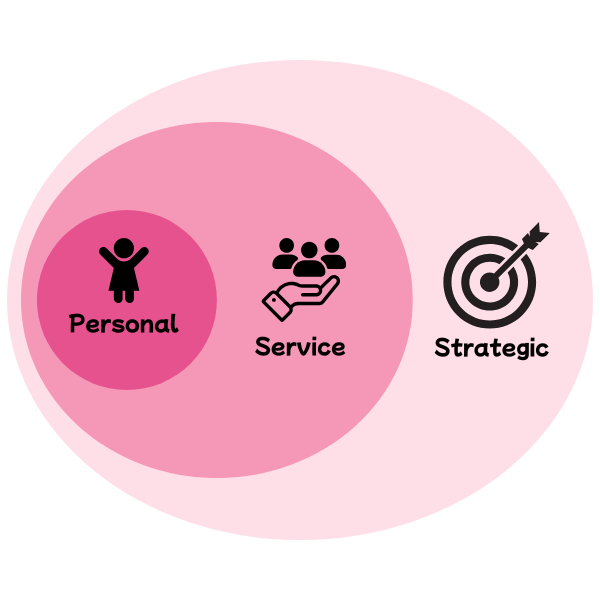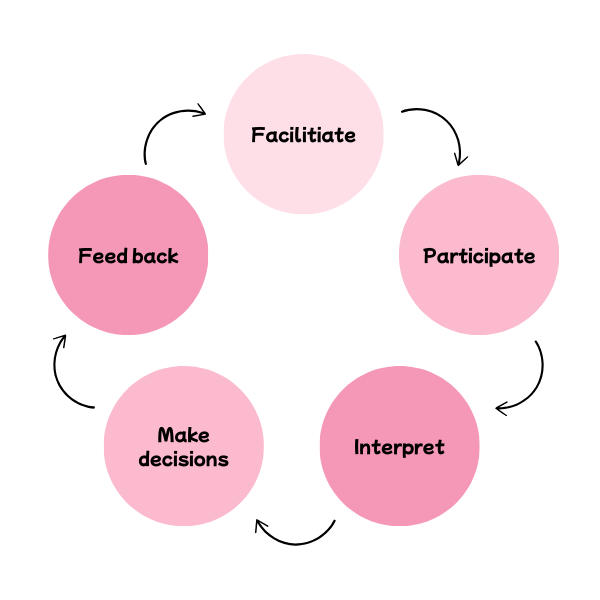Engaging with children and young adults, and parent carers
Engagement can be seen at 3 levels
- Personal
- Service
- Strategic
Purpose and assumptions
A good place to start with planning for engagement is to think about the purpose of the activity, and write down your assumptions about the outcomes.
- find the points of stress in a service (Personal)
- understand why schools are excluding more pupils (Service)
- create an council inclusion strategy (Strategic)
Everyone will have some assumptions that they make, and it's a good idea as an engagement facilitator to write your assumptions down before you start planning the workshop or survey.
When you have your list of assumptions, write some open questions for particiapants.
You may find it helpful to use an AI such as Claude.ai to write some open questions based on these assumptions.

